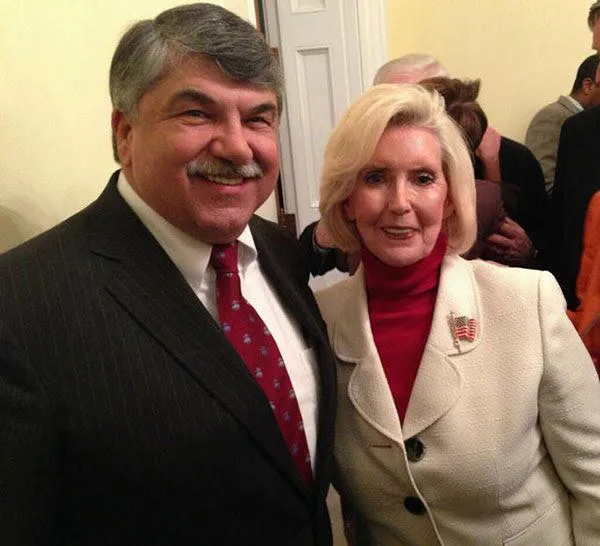The AFL-CIO Labor Wire, Jan. 29, 2019

Thanks to Jeff Wiggins for sending us this.
Today marks the 10th anniversary of the Lilly Ledbetter Fair Pay Act, which restored working women’s right to sue over wage discrimination. A decade later, the labor movement is still one of the best avenues for closing the gender pay gap.
Message of the Day—Labor Leads the Way to Equal PayOver the course of her two-decade-long career at the Goodyear Tire and Rubber Co. in Alabama, Lilly Ledbetter learned that she was making thousands less than her male counterparts.
She had lost out on more than $200,000 in wages—plus even more in retirement benefits. She challenged Goodyear’s discriminatory actions, eventually taking her case to the U.S. Supreme Court and the halls of Congress.
The bill named in her honor was the first piece of legislation signed by then-President Barack Obama on this day in 2009.
Despite the law, women still continue to face discriminatory pay practices—and the problem is even worse for women of color:
- Women overall make 80 cents on the dollar compared to men.
- African American women make 61 cents.
- Native American women make 58 cents.
- Latinas make 53 cents.
This outrageous pay disparity doesn’t just hurt women. Forty-two percent of working women in the United States are the sole breadwinner for their families.
One of the best ways to close the gender pay gap is to join a union. By negotiating strong collective bargaining agreements, union women earn $231 more a week and have better benefits.
Kitchen Table Economics
25.8 million: The number of children who would benefit from closing the gender pay gap.
Quote of the Day
“We still are not paid equally. And if you believe that it's a myth, do the math. Unequal pay hurts women. It hurts their families. And it hurts us all. You and I have to continue fighting for equal pay for equal work. I get up each day with that on my mind, because I need to make a difference.” —Lilly Ledbetter